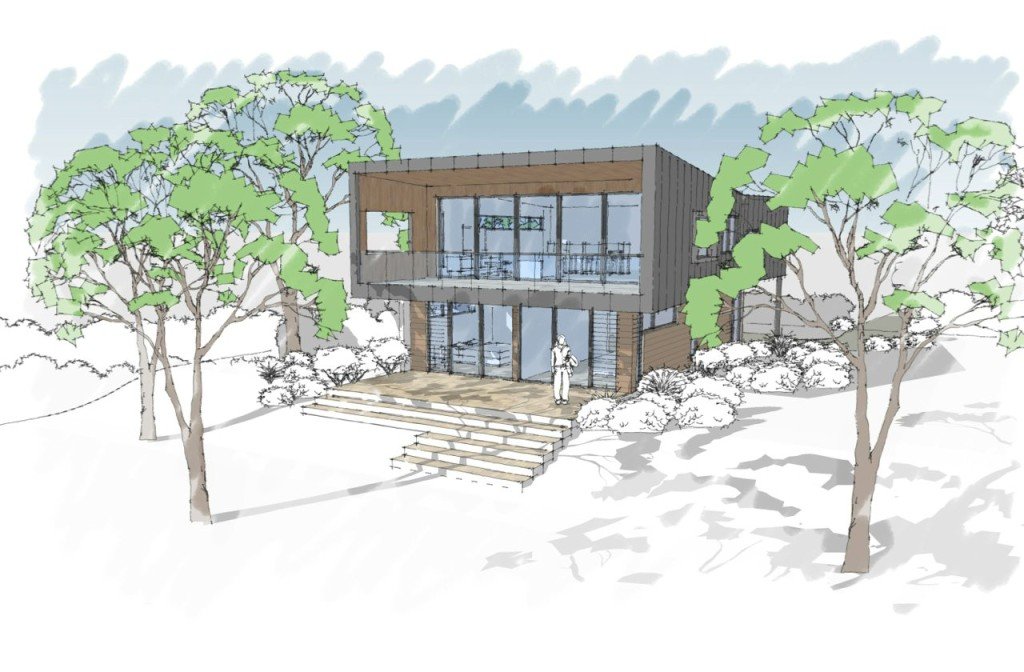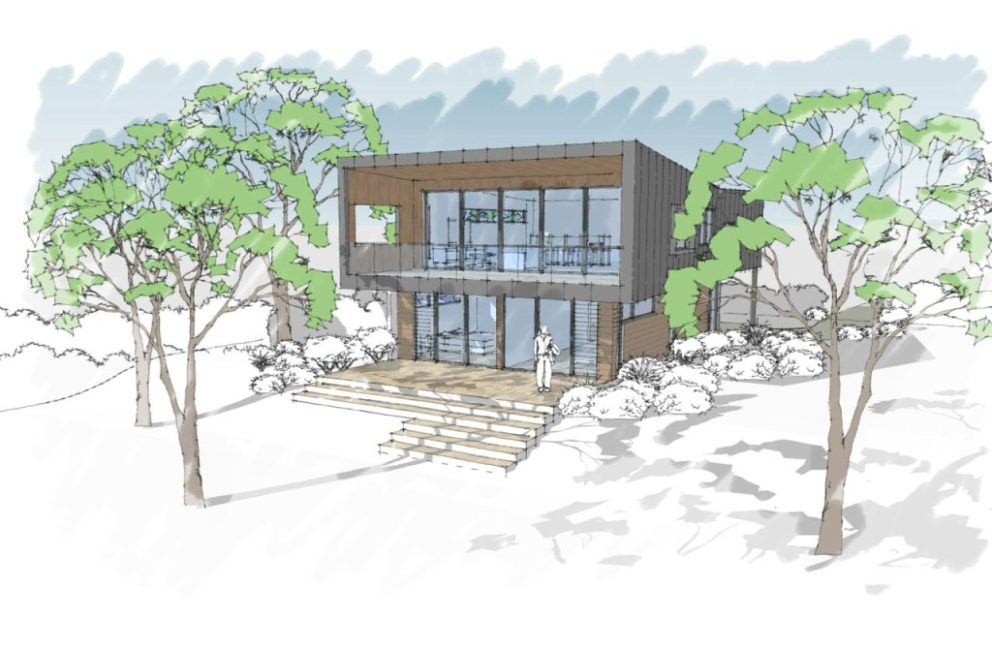In my role as President of the Institute in WA, I have a lot of conversations with many different architects – working in all kinds of fields and places – and being the first woman in the role, I’m often approached by younger women seeking advice and insights about how to progress their career in our profession.
Some of them also offer me advice, which I find somewhat amusing, because a lot of it centres around how us oldies don’t have an inkling about the difficulties they face (because we work on big houses with big budgets for big clients) and the wonders of using social media to build their brands and their businesses.
I’ve got a couple of responses to those suggestions. Firstly: we started off working on small alts and adds, too. Only we did them on the weekends, outside the normal working week, and we called them ‘private jobs’, or PJs. They provided a good opportunity for us to test our skills and learn, to see how buildings come together on-site in collaboration with builders and other trades.

Sometimes our more experienced colleagues got wind of a project we were working on, and provided useful advice or steered us in the right direction. Mostly, though, we were on our own, and we worked it out as we went. And I have to admit, some of those projects wouldn’t be Instagram-worthy if we were doing them today, but they provided a good foundation for us as young architects.
Secondly: it’s a fallacy to think we only ever work on big projects, just because we tend to work on them now. We had to start out and learn on small jobs too – just like young architects through the ages. As we gained more experience, and as the needs of our families grew and expanded – as we had kids and bought our first home, which all dictate the need for higher incomes – we started to take on larger work with bigger budgets.
Recently I’ve been designing homes for older couples – a few of them have built what they envisage as their last home, so we’ve addressed issues such as transitioning to a smaller dwelling, or conversely making space for adult children who have moved back home. There are visiting grandchildren to cater for, there may be a need for wheelchair access in future, and most clients want less maintenance and more flexibility as they get older.
That means that all of the problems that an architect grapples with on a small house are just the same on a larger house. Yes, the projects might have a bigger budget and more refined detailing, but the clients usually have bigger expectations.
Writing this down takes me back to the night of my 29thbirthday, which I celebrated at home, in our own house that we were renovating, where four plants held down a temporary roof over the kitchen and dining area. The rain poured in as we raised our glasses in a toast and tucked into our (late) dinner. That was a few years ago now, and my circumstances have changed since then, but it just shows that we’ve all been there.
As for the use of social media to promote your work or practice, that’s been a bit hard for some of us to wrap our heads around. Because when we started out, we were only allowed to put a sign on our building sites with a small font that was the maximum allowed, or to advertise our services beyond that sign, at all. Consequently, all of our new projects came from word-of-mouth. At that time, there was very little support from the Institute, and architecture was seen as an old man’s profession.
Everyone knew we were doing private jobs though, so instead of putting up beautiful pictures or delivering a slick branding message, we relied on our ability to deliver a good service to secure recommendations or repeat business. We learned pretty quickly that we needed to treat clients with the respect they deserve, so that we could get the opportunity to get those all-important PJs that kept us afloat. And I think that’s a good lesson for young architects today to take heed of: we are in a service business, and it’s important to remember that as you’re posting your next Instagram pic.




